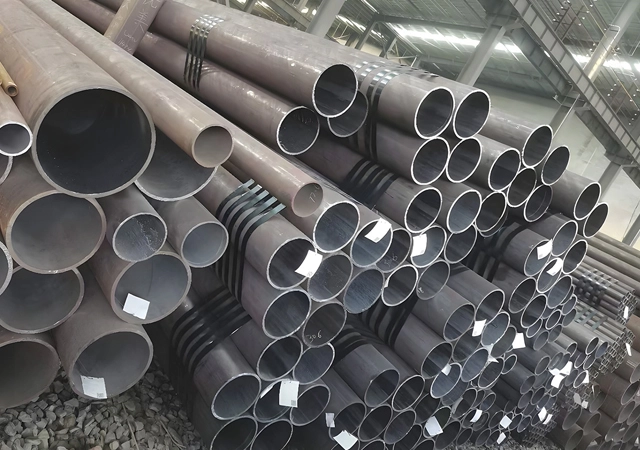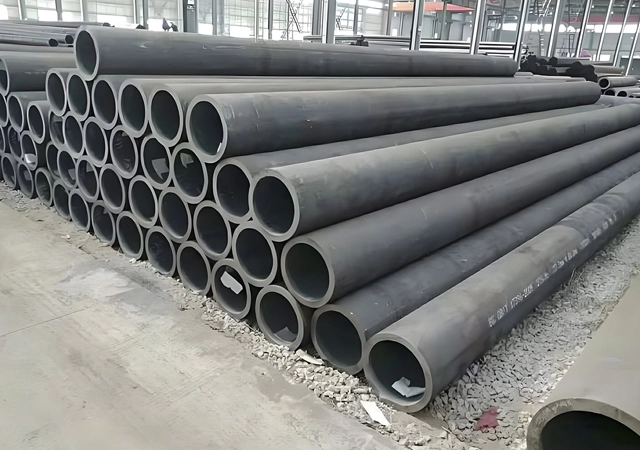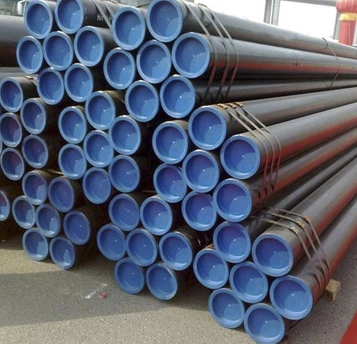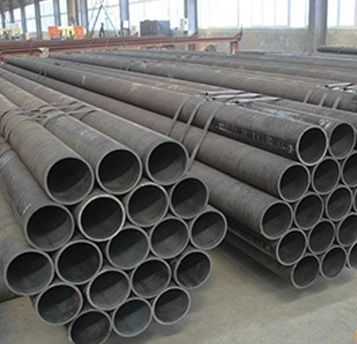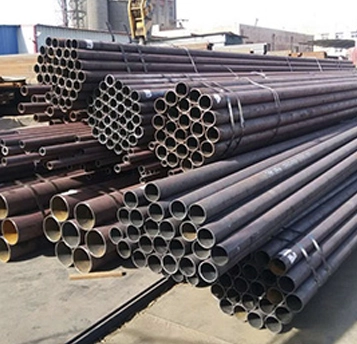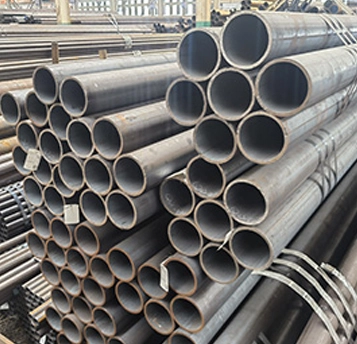High-temperature pipes are specialized pipes designed to operate reliably in environments with elevated temperatures, often exceeding 500°C (932°F). These pipes are engineered to withstand thermal stress, oxidation, and creep (deformation under prolonged exposure to high temperatures and pressure). They are commonly used in industries such as power generation, petrochemicals, oil and gas, and aerospace, where high-temperature and high-pressure conditions are prevalent.
High-temperature pipes must comply with industry standards to ensure safety and performance. Common standards include:
ASTM A106: Seamless carbon steel pipe for high-temperature service.
ASTM A335: Seamless ferritic alloy-steel pipe for high-temperature service.
ASTM A312: Seamless and welded austenitic stainless steel pipes.
ASME B36.10: Dimensions and weights of steel pipes for high-temperature service.
API 5L: Line pipe for high-temperature and high-pressure oil and gas transportation.

 EN
EN
